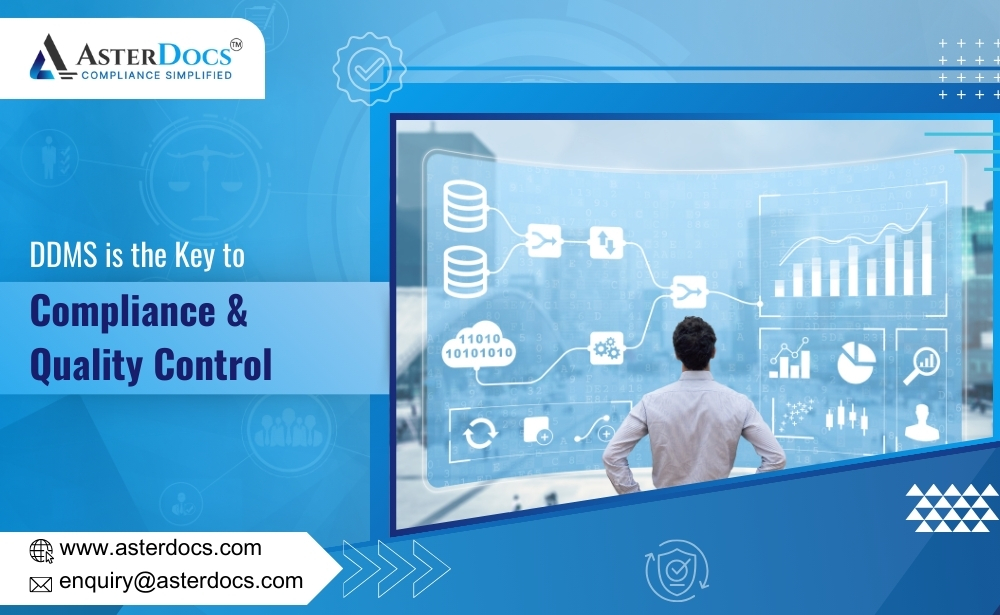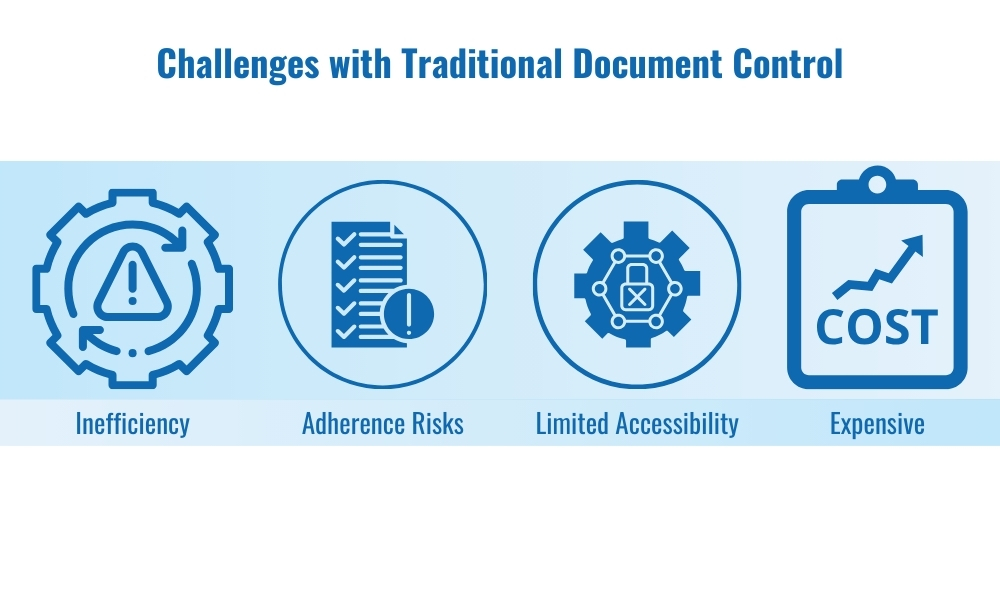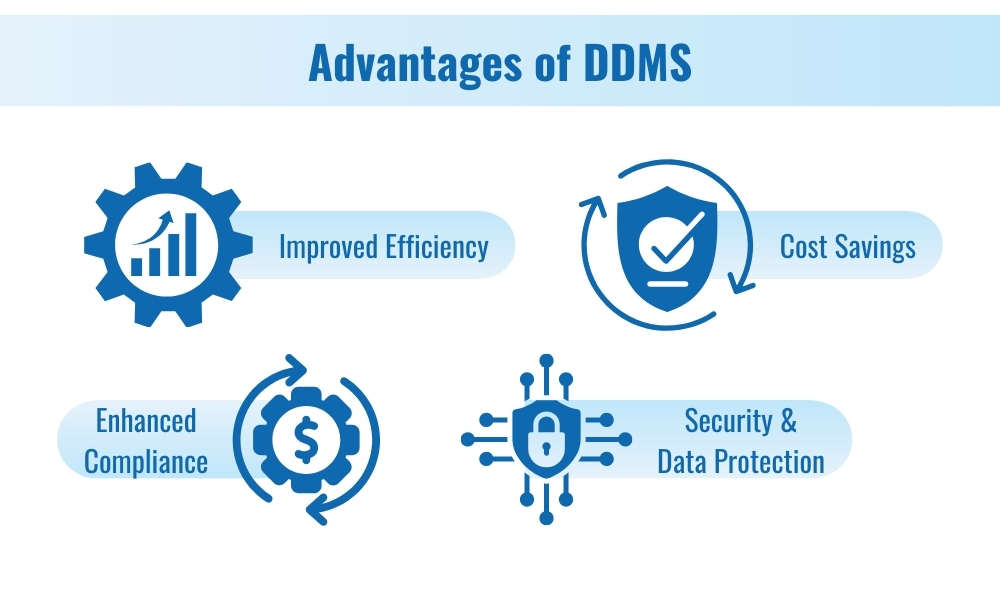In the current fast-paced business world, effective document management is essential to upholding quality control and compliance. Conventional document management systems that rely on paper are getting more antiquated and laborious. Introducing digital document management systems (DDMS), a cutting-edge approach that is revolutionizing document handling within businesses. With an emphasis on Asterdocs’ role in spearheading this transformation, we will examine the drawbacks of conventional document control, the benefits of digital systems, and efficient implementation techniques in this blog.
Challenges with Traditional Document Control
Traditional document control systems often involve a labyrinth of paper files, manual processes, and physical storage. These systems pose several significant challenges:
- Inefficiency: Locating, retrieving, and updating paper documents can be time-consuming and error-prone. Misfiled or lost documents can lead to delays and operational bottlenecks.
- Adherence Risks: Ensuring adherence to industry regulations and standards is difficult when relying on manual processes. Inconsistent documentation practices can result in non-compliance and potential legal repercussions.
- Limited Accessibility: Physical documents are accessible only from specific locations, making remote work and collaboration challenging. This limitation can hinder productivity and responsiveness.
- Expensive: Storing and managing physical documents require significant space and resources. Additionally, the cost of printing, copying, and maintaining these documents adds up over time.
Advantages of Digital Document Management Systems
Digital document management systems offer a powerful alternative to traditional methods, providing a range of benefits that can revolutionize compliance and quality control:
- Improved Efficiency: DDMS automates document workflows, making it easier to create, store, retrieve, and manage documents. This automation reduces errors and saves time, allowing employees to focus on more strategic tasks.
- Enhanced Compliance: Digital systems ensure that all documents are up-to-date and comply with relevant regulations. Automated tracking and audit trails make it easier to demonstrate compliance during inspections and audits.
- Accessibility & Collaboration: With DDMS, documents are accessible from anywhere with an internet connection. This accessibility facilitates remote work and collaboration, enabling teams to work together seamlessly, regardless of location.
- Cost Savings: By reducing the need for physical storage and minimizing paper usage, digital systems lower operational costs. Organizations can also save on printing and copying expenses, contributing to a greener, more sustainable workplace.
- Security and Data Protection: Digital systems offer robust security features, including encryption, access controls, and regular backups. These measures protect sensitive information and reduce the risk of data breaches.
Implementation Strategies
Implementing a digital document management system requires careful planning and execution. Here are some strategies to ensure a smooth transition:
- Assess Current Processes: Begin by evaluating your existing document management practices. Identify pain points and areas for improvement to tailor the DDMS to your organization’s specific needs.
- Choose the Right System: Select a DDMS that aligns with your business requirements. Consider factors such as scalability, integration capabilities, user-friendliness, and compliance features.
- Engage Stakeholders: Involve key stakeholders in the planning process to gain their support and ensure the system meets their needs. Provide training to help employees adapt to the new system and maximize its benefits.
- Data Migration: Develop a plan for migrating existing documents to the new system. Ensure that the migration process is thorough and that all critical documents are accurately transferred.
- Continuous Improvement: Regularly review and update your digital document management practices. Stay informed about new features and updates to ensure your system remains effective and compliant.
Asterdocs’ Role in Digital Document Management
Asterdocs is at the forefront of the digital document management revolution. Our comprehensive DDMS solution addresses the challenges of traditional document control and offers numerous advantages, including enhanced efficiency, improved compliance, and cost savings. With Asterdocs, organizations can streamline their document management processes, protect sensitive information, and foster a culture of collaboration and continuous improvement.
Embrace the future of document management with Asterdocs and experience the transformative power of digital solutions in ensuring compliance and quality control.
















